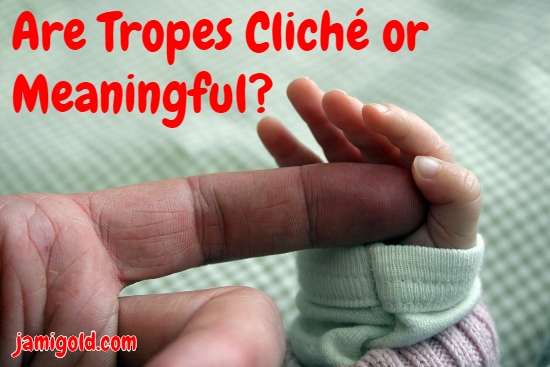I’ll tell you about my vacation adventures next week, but today, I’m keeping my post short—both because I’m exhausted and because I slept so soundly after all my poor sleep during the trip that I pinched a nerve and can barely move my arm, making typing difficult. *shakes head*
Luckily, I returned to hear cute news that gave me an idea of what topic I could revisit and update today. Bindi Irwin, daughter of the late Steve Irwin, got engaged yesterday. *grin*
Usually, I’m not one to follow celebrity news, but like many around the world, I felt like I “knew” the Irwin family, so I’ve hoped she’d be okay as she grew up without her father. As a result, I’ve vaguely paid attention to news stories about her.
Not only does she appear to be better than okay with her engagement news, but I’m tickled by the real-life tropes check-marked in their relationship.
This Twitter image sums them up:
why am i crying pic.twitter.com/Fm9wQS6p1P
— trang dong ⎊ (@tranganhdong) July 24, 2019
Bindi and Chandler had a meet cute 6 years ago while she was giving a tour at the zoo—the same way her parents met:
Steve & Terri: Love at First Sight
In other words, not only did their meet cute check the same “insta-love” and “office (zoo tour) romance” boxes as her parents, but it resonated with those who have followed the Irwin family’s story.
Tropes are often seen as lazy writing, but as I’ve written about before, they can be good for our story. Let’s take a look…
“Bad” Tropes: When They’re a Storytelling Shortcut
- If we hear about a YA book centered on the high school experience, we’ll likely assume the story will be about popular kids, bullying, standing up for yourself, etc.
- With sports movies (and many “team”-focused movies in general), we wouldn’t be surprised if the story is about an underdog team of misfits who learn to value teamwork and themselves and go on to win the championship.
That’s partly what makes a trope a trope. Audiences can fill in the details of a trope without the story having to spell everything out.
But that shortcut aspect is what gives tropes a bad name. The lazy examples of those stories rely so much on trope formulas to carry the storytelling or worldbuilding details that the story itself fails to show rather than tell.
What makes a trope “good” or “bad”? Click To TweetIn a lazy story with the high school trope, the audience would be told that the bullying would magically end because the final taking-a-stand triumphant speech was oh-so-inspirational, but they would have no reason other than the trope to believe that the case.
In other words, tropes are bad when we as storytellers rely on them to carry the work of the story. Just because everyone knows how the enemies-to-lovers trope in a romance story ends (hint: with the characters getting together in a relationship), that doesn’t mean the storyteller can skip out on doing the work to make the audience believe the characters have actually overcome their incompatible goals and found common ground.
“Good” Tropes: Audiences Like Them
Yet for all those problems, story tropes aren’t “bad” in and of themselves. For many people, the tropes are why they like a story.
Story tropes help readers know what kind of story we’re going to tell, what they can expect on our pages. Tropes fulfill that function in the same way that book covers often conform to genre clichés so readers know what to expect from the story inside.
Story tropes also help readers relate to our stories. They often feel like something we’ve seen or experienced before, so they feel realistic or the resonate with the subtext we’ve seen in other iterations.
“Good” Tropes: Find the Resonances
In other words, “bad” tropes are shortcuts that cut corners on developing the characters or story world or plot. “Good” tropes add to the story and characters, resulting in more than the sum of their parts.
They find resonances in the real world, in our reader expectations, in the genre (or series) history, in the subtext, etc. For example, the Bindi engagement resonates with her parents’ history, with our wishes for a happy life for the little girl we’ve watched grow up, and with the subtext of the “insta-love” trope that soulmates exist and true love is possible.
How can we make tropes meaningful and not cliche? Click To TweetOur story’s tropes will be more meaningful if we build echoes and resonances with them. We can play with the layers that make our take on the trope unique, having them interact with other aspects of our story. We can use setup and payoff cycles, contrast with reader expectations, etc.
When elements of our stories resonate, they feel like they have a purpose. So when tropes resonate, they avoid the problems of clichés. Purposeful, meaningful tropes aren’t lazy shortcuts but ways to get readers involved in our stories. *smile*
What do you think makes a trope good or bad? Have you considered how tropes can resonate with meaning before? Can you think of other story elements that add meaning to our story? What other aspects of our story improve with echoes? Am I alone with my “aww” reaction to Bindi? *grin*

